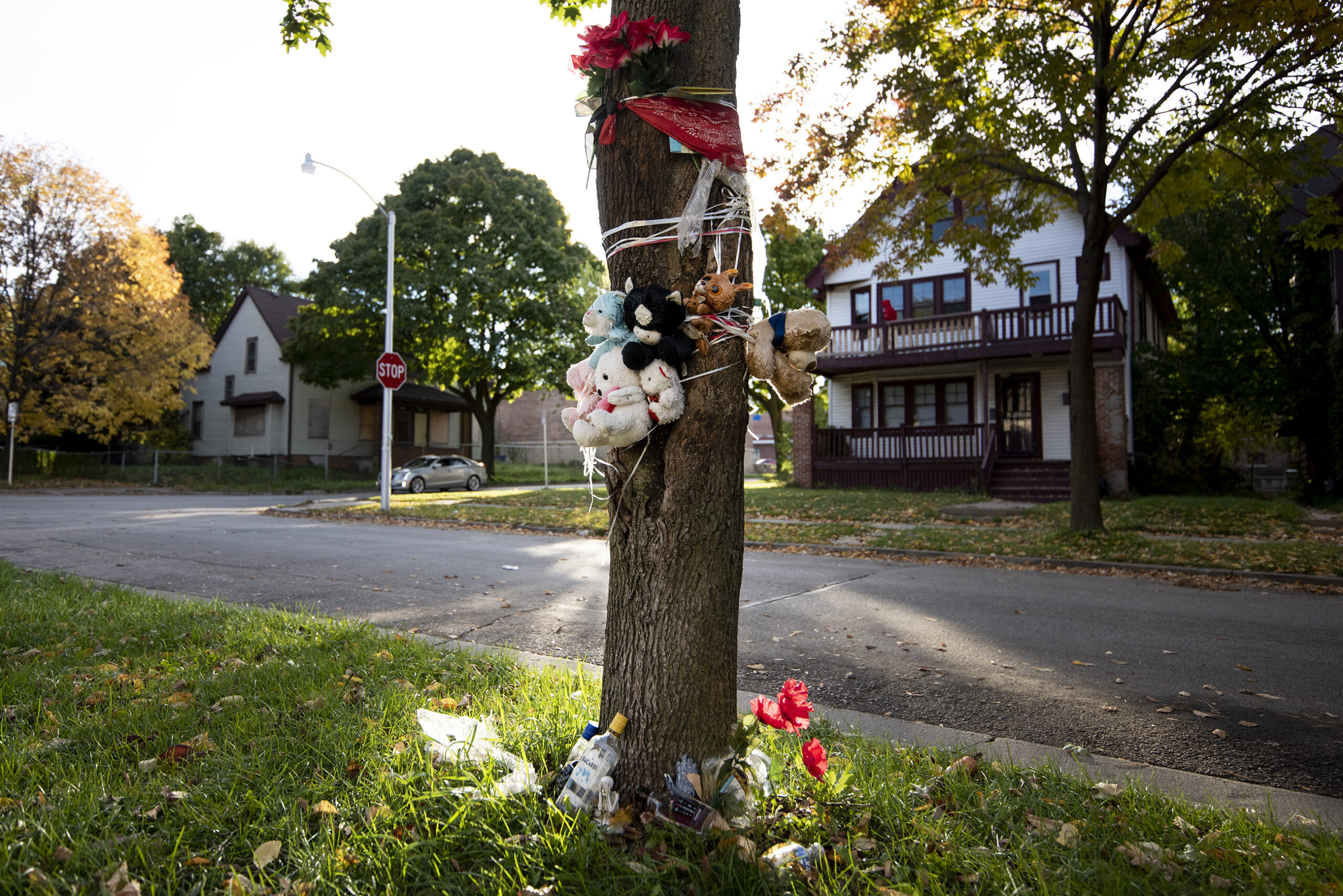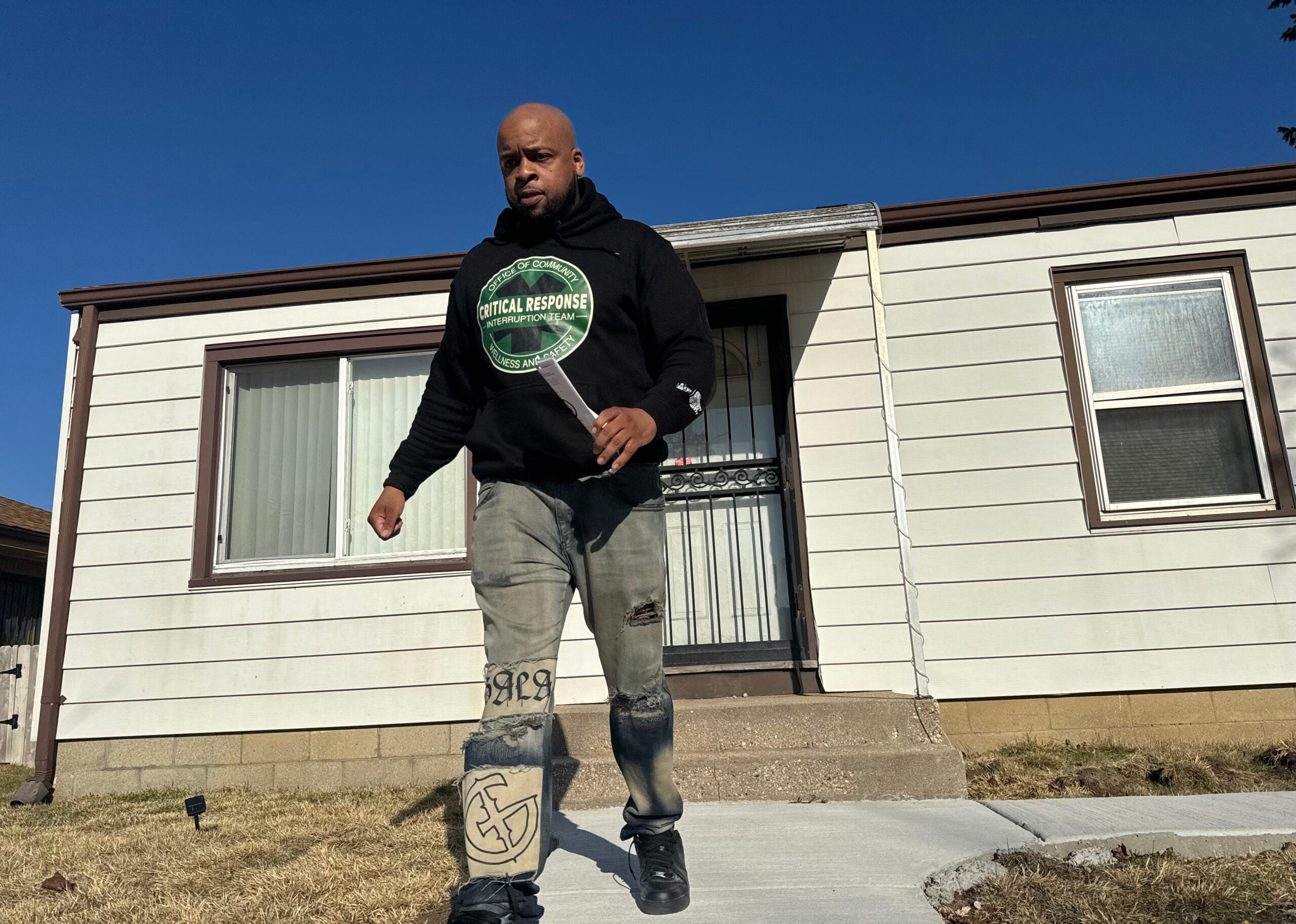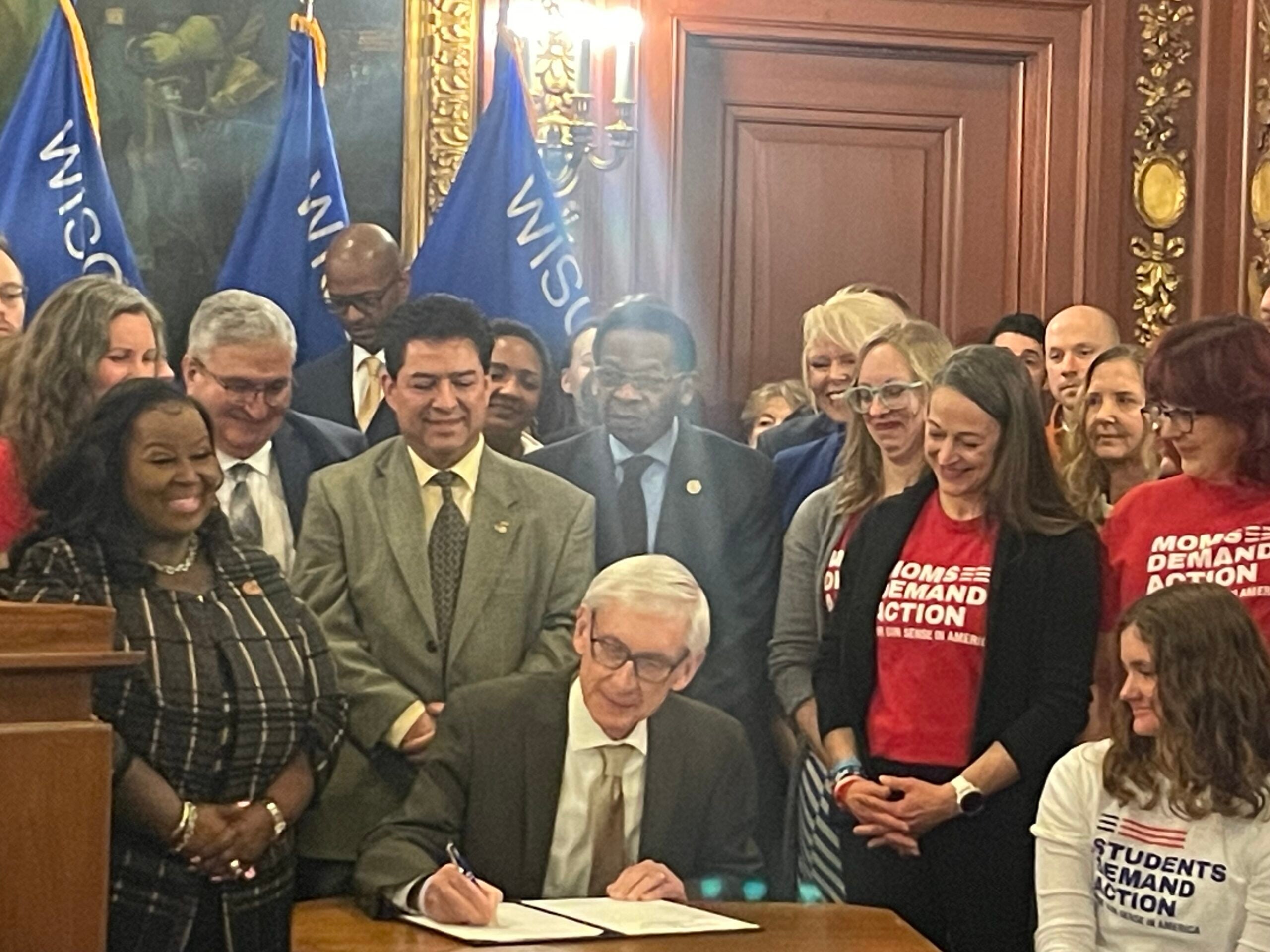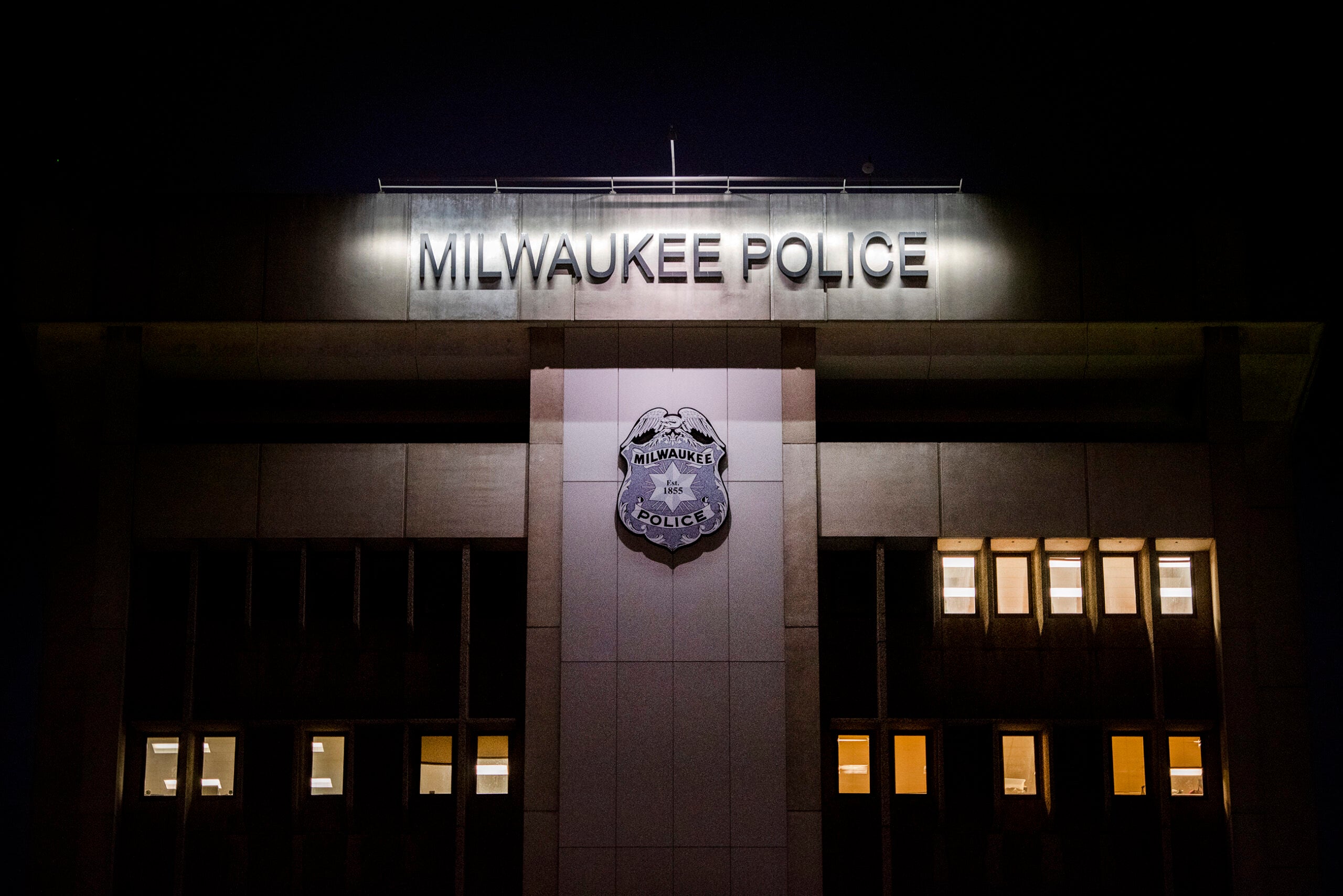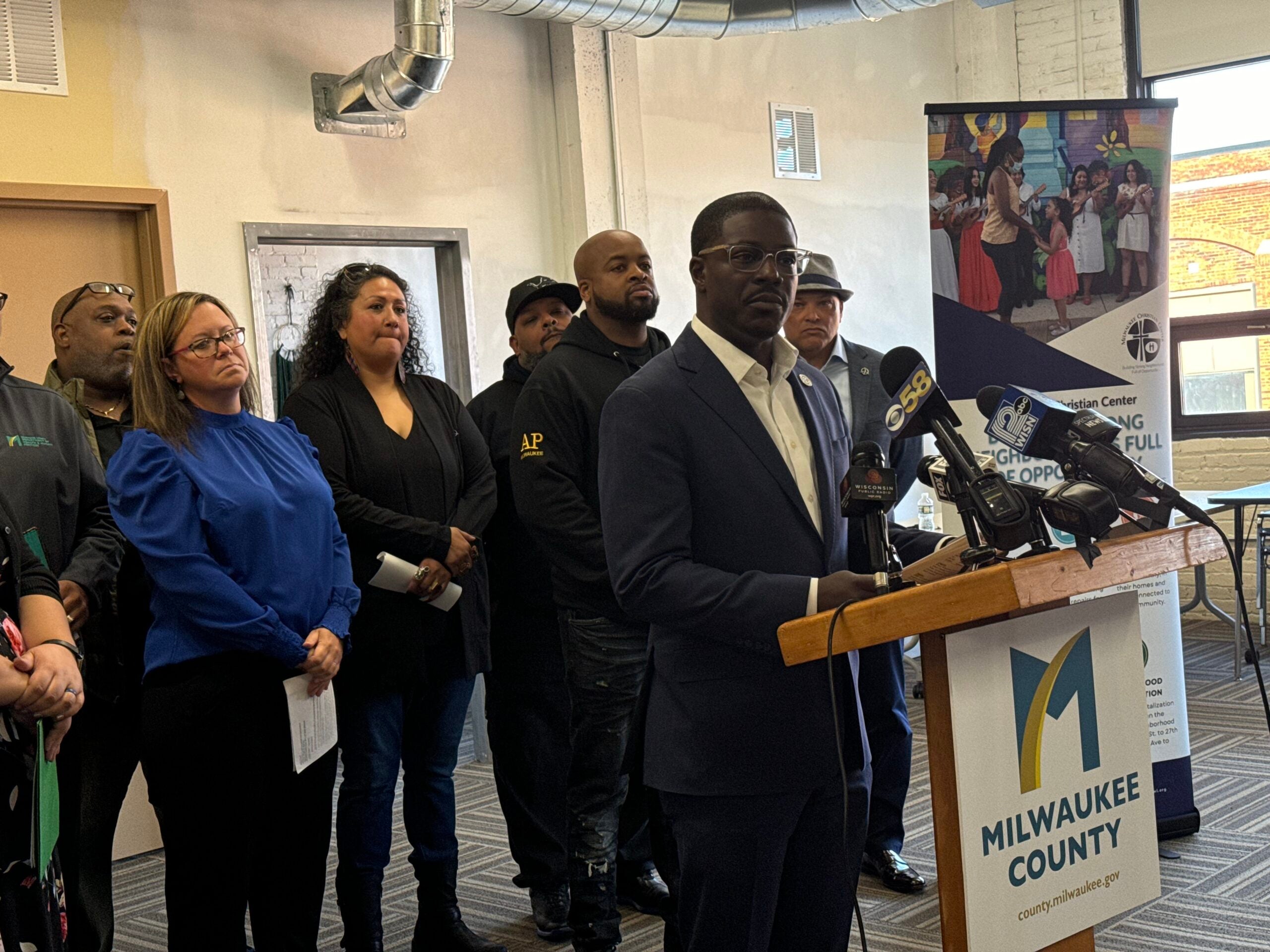The number of homicides in Milwaukee, long known for violent crime, set records in 2020, 2021 and 2022.
In 2021, the city’s Office of Violence Prevention received $12.65 million from the federal American Rescue Plan Act.
But the office has spent or earmarked less than one-third of the total, according to records obtained by Wisconsin Public Radio. WPR requested from the Office of Violence Prevention a detailed summary of how the office has spent federal grants.
Stay informed on the latest news
Sign up for WPR’s email newsletter.
The city Health Department, which the office is part of, responded with a one-page spreadsheet, with figures as of March 14, 2023.
The spreadsheet shows that of the $12.65 million in money from the ARPA, less than 1 percent has been spent, and less than one-third has been earmarked:
- $420,000 spent on Office of Violence Prevention salaries.
- $3.7 million earmarked for a community program called 414Life, including its expansion in coming years from the north side of the city to the south side.
“Milwaukee is plagued with violence,” said Katelynne Klein of Shorewood, which borders Milwaukee. The registered nurse and mother of a 14-year-old asked WPR’s WHYsconsin how the office is spending federal grants.
“We desperately need the Office of Violence Prevention to step up in the community, yet they don’t appear to be doing much,” she said.
Milwaukee’s crime reaches concerning levels
Milwaukee’s 2022 homicides more than doubled the total in 2019 and set a record for the third year in a row.
Homicides totaled 111 in 2019; 204 in 2020; 213 in 2021; and 227 in 2022, according to a Milwaukee Journal Sentinel database.
Other violent crime — rape, robbery and aggravated assault — all dropped in 2022 compared to 2021, according to the Milwaukee Police Department.
“There were some very positive trends that emerged in 2022, but I’m not here to celebrate,” Mayor Cavalier Johnson said when the 2022 figures were announced in January of this year.

Office’s performance, efficiency questioned
The Office of Violence Prevention was created in 2008 by then-Mayor Tom Barrett to take a public health approach to reducing violence. The office says it “works to prevent violence through partnerships that strengthen youth, families and neighborhoods.”
More scrutiny has been put on the office’s activities as more federal money rolled in.
In 2022, several alders, including Michael Murphy, called for the office to show the effectiveness of its spending. Murphy asked the Health Department specifically for a report on the ARPA money, which must be spent by 2026.
“We obviously have an epidemic of violence in our city that’s just ridiculous,” Murphy told WPR on March 31.
The previous afternoon in Milwaukee, a man and a woman were shot to death in a vehicle, and a man and a 10-year-old boy were arrested in the shooting of a 13-year-old boy, who was wounded.
“I think there needs to be a real sense of urgency” in the work of the Office of Violence Prevention but, at the same time, there must be a balance between speed and thoughtful action, Murphy said.
The 2023 city budget directs the Health Department to “provide metrics to evaluate the efficacy of the services of the Office of Violence Prevention.”
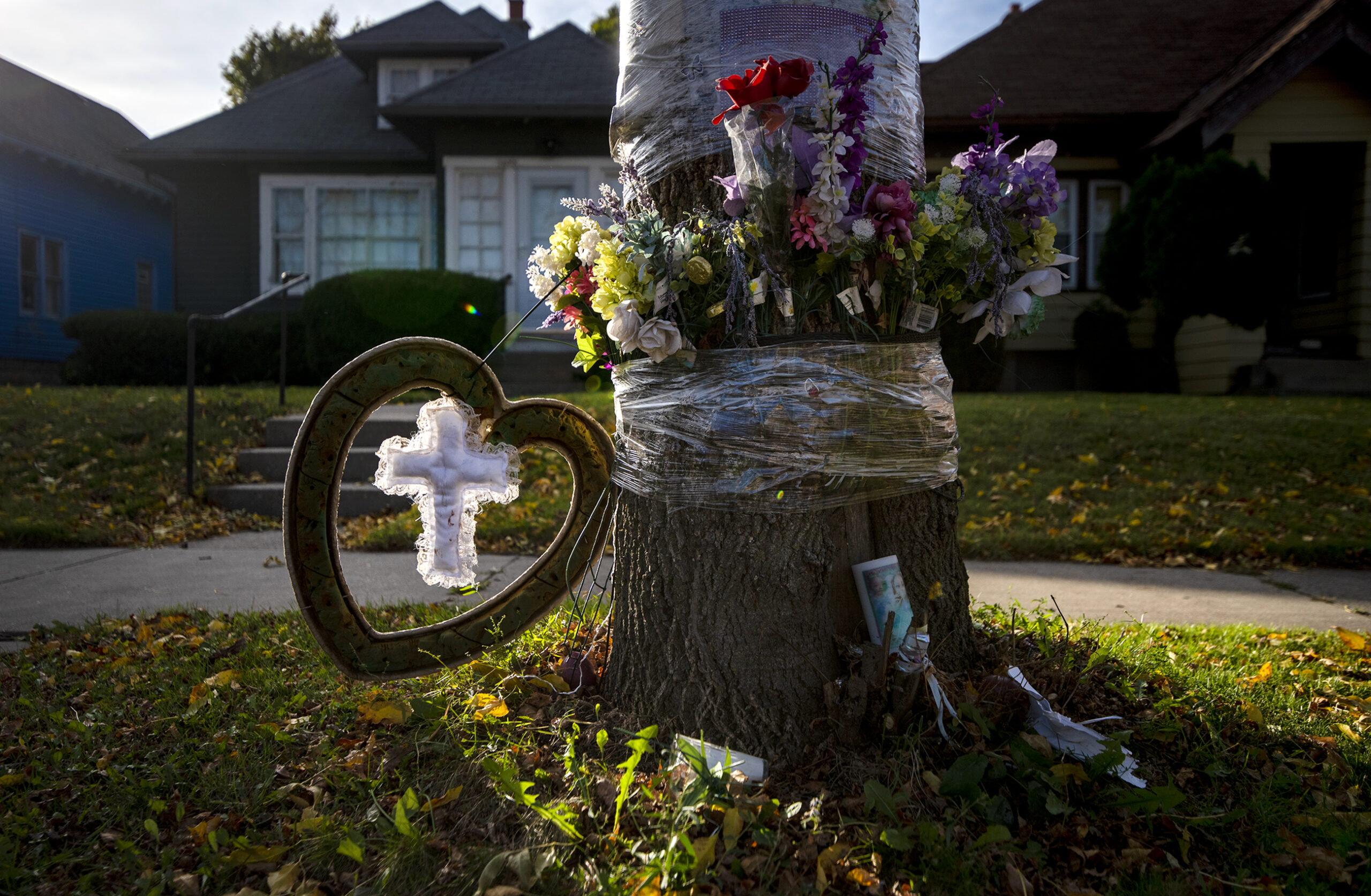
Nearly all ARPA money to 414Life
President Joe Biden signed the American Rescue Plan Act, a response to the COVID-19 pandemic, into law in March 2021. The $1.9 trillion measure included $1,400 direct payments to individuals and $350 billion in aid to state and local governments.
414Life, the Milwaukee program that is earmarked for $3.7 million in ARPA funds, was launched in 2019. It’s a collaboration of the Office of Violence Prevention, Froedtert Hospital, the Medical College of Wisconsin, Ascension Wisconsin and the nonprofit Uniting Garden Homes Inc.
There is no description of 414Life’s activities on its section of the city government website.
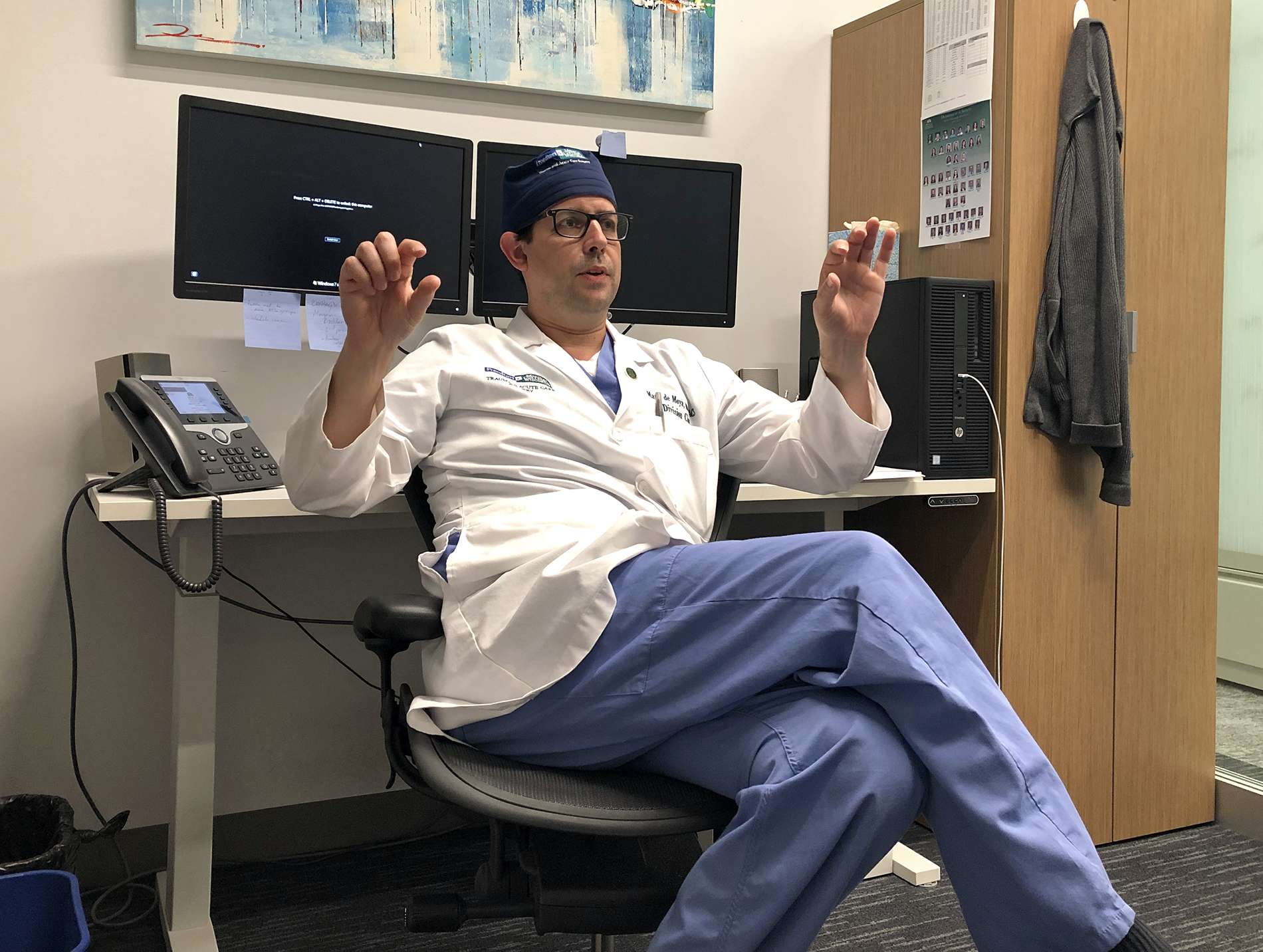
Froedtert says the program’s outreach workers — called violence interrupters — get more than 50 hours of training in communication and conflict resolution, and prevention of human trafficking and domestic violence. Their aim is to work in neighborhoods to anticipate where violence will occur and intervene before it occurs.
Former Alder Ashanti Hamilton, the Office of Violence Prevention director, said the $3.7 million has been committed to 414Life partly because it is effective. He said he personally got involved with the program’s staff late last year as they interceded with two rival youth gangs on the city’s north side. Shootings resulted in homicides and retaliatory acts escalated the violence.
414Life was able to get the gangs to agree to a truce, the retaliatory crimes stopped and police were able to make arrests, Hamilton said.
“That interruption worked,” Hamilton said.
At the same time, Hamilton acknowledged that he expected to deploy more ARPA money by now. He said the city has struggled to execute contracts, partly because of lack of staff, with nonprofit groups that would receive the funds.
“The challenge (in preventing violence) should not be internal processes that will not allow the resources to get to the right partners,” Hamilton said.
Hamilton said he is working with the mayor’s office and city budget office and expects to finalize more contracts within a few weeks.
This story was inspired by a question shared with WHYsconsin. Submit your question below or at wpr.org/WHYsconsin and we might answer it.
Milwaukee journalist Tom Kertscher was a 35-year newspaper reporter, finishing that career at the Milwaukee Journal Sentinel. Now a national freelance writer, he is a contributing writer for PolitiFact and Wisconsin Public Radio, a sports reporter for The Associated Press and a contributor to other publications. His reporting on Steven Avery was featured in Making a Murderer. Kertscher is the author of sports books on Brett Favre and Al McGuire. Follow him on Twitter at @KertscherNews and on LinkedIn.
